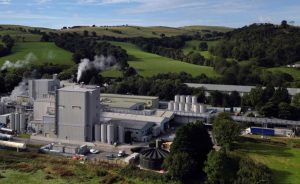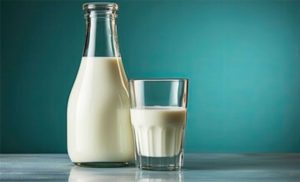The Central Pollution Control Board (CPCB) has recently come out with guidelines on addressing pollution from gaushalas and dairy farms and asked the state PCBs’ to take action in this regard.
“We are guided by rules and advice from CPCB. Once we received the guidelines we have sent the same to the two concerned departments ARD and MA and have requested them to send action taken report to us,” said Kalyan Rudra, Chairman of WBPCB.
Dairy farms and gaushalas discharge the cattle dung along with wastewater into the drains, leading to clogging, which ultimately reach to rivers and create water pollution. Also, these clogged drains become breeding ground for mosquitoes creating health hazards and odour nuisance. These wastes increase the amount of coliform bacteria in water.
The salient features of the guidelines include dairies and gaushalas should collect dung from the floor of the shed at regular interval, so as to keep the floor clean, dairy premises and its surrounding areas should be properly sanitized and disinfected, e.g. by sprinkling crushed lime regularly and the solid wastes should be collected & stored properly for its treatment, dairies and gaushalas should take necessary steps for the judicious usage of water for drinking and bathing of cattles and other services including floor cleaning. Dairies and gaushalas should ensure that the wastewater, being discharged, is adequately treated.
The guideline further states that dairy farms and gaushalas should be located outside city/village boundaries, at least 200 meters away from residential dwellings and 500 meters away from hospitals & schools and should not be located in flood-prone areas. It further asks the state PCBs to carry out an environmental audit of at least 2 dairy farms and 2 gaushalas, randomly selected from each district of the state and submit the compliance and action taken report to CPCB on a half-yearly basis.
It was in May this year when the National Green Tribunal had directed CPCB to come up with guidelines in this regard. A bovine animal, on an average, weighs 400 kg and discharges 15-20 kg/day of dung and 15-20 litres/day of urine.
As per Livestock Census 2019, the total number of bovines in the state is 746600 with the number of full-grown cows and buffaloes being 7273000 and 193000 respectively. The total number of these animals in the country as per the census is 136365000.













